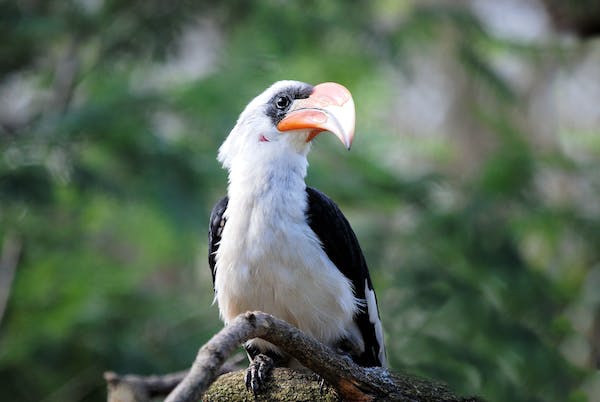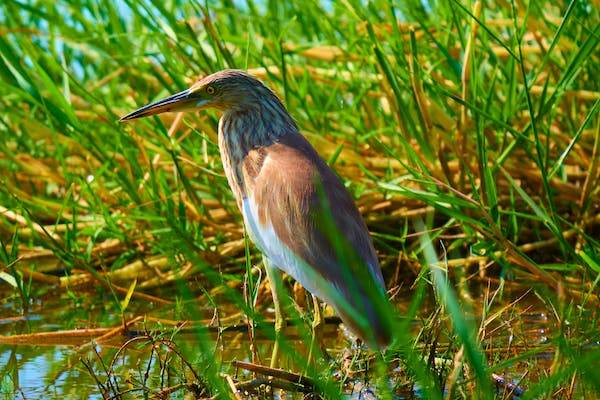New Zealand Parrot
New Zealand, an island nation renowned for its breathtaking landscapes and diverse wildlife, is home to some of the world’s most extraordinary avian species. Among these are its parrots, which not only captivate bird enthusiasts and conservationists but also play a crucial role in the country’s ecological framework.
Delve into the fascinating world of New Zealand’s parrots. Our blog post explores these remarkable birds, focusing on their uniqueness, the challenges they face, and the concerted efforts made to ensure their survival and prosperity.
The Charismatic New Zealand Parrots
Kea: The Mountain Genius
The Kea, an alpine parrot, is known for its intelligence and curiosity. This bird, with its vibrant green plumage and playful nature, is a symbol of the wilderness areas of the South Island. However, their inquisitive nature often brings them into conflict with humans, leading to various conservation challenges.
Kakapo: The Nighttime Whisperer
Perhaps the most famous of New Zealand’s parrots is the Kakapo, a nocturnal, flightless bird. This critically endangered species, known for its hefty build and mossy green feathers, has been the focus of extensive conservation efforts. Their unique breeding habits and life cycle make them a fascinating subject for avian scientists and enthusiasts alike.
Conservation Efforts: Battling for Survival
New Zealand’s commitment to protecting its avian species is evident in the various conservation initiatives undertaken. Programs like predator control, habitat restoration, and breeding projects have been pivotal in preventing further decline of these unique birds.
The Department of Conservation (DOC) plays a leading role in these efforts, often collaborating with local communities and international organizations.
Breeding Programs: A Ray of Hope
Breeding programs, particularly for the Kakapo, have demonstrated significant success. These programs involve meticulous monitoring and intervention, ensuring the survival of chicks and the genetic diversity of the population.
Community Involvement: The Power of Participation
The involvement of local communities in conservation initiatives has been a game-changer. From participating in habitat preservation projects to educating the public about the importance of these birds, community efforts have significantly contributed to the conservation success stories.
Habitat Preservation: Safeguarding Biodiversity
The preservation of natural habitats is crucial for the survival of New Zealand’s parrots. Deforestation and land conversion pose significant threats to these birds. Efforts to protect and restore their natural environments are ongoing, with particular focus on pest control and native flora regeneration.
Eco-Tourism: A Sustainable Approach
Eco-tourism plays a vital role in conservation efforts. By attracting visitors interested in the natural world, eco-tourism provides a sustainable way to generate funds for conservation projects. It also raises awareness about the importance of preserving these unique species and their habitats.
The Role of Research in Avian Conservation
Scientific research is at the heart of understanding and protecting New Zealand’s parrots. Studies on their behavior, genetics, and habitat needs are essential in formulating effective conservation strategies. This research not only benefits the parrots but also enriches our understanding of biodiversity and ecological relationships.
Collaborative Efforts: A Global Responsibility
The conservation of New Zealand’s parrots is not just a national concern but a global one. Collaborations with international conservation groups and researchers have brought additional resources and expertise to the forefront of these efforts.
Impact of Human Activities on New Zealand’s Parrots
New Zealand’s parrots, like many avian species worldwide, face numerous challenges primarily due to human activities. Understanding these impacts is crucial for developing effective conservation strategies and ensuring the long-term survival of these unique birds.
Habitat Loss: The Silent Threat
Habitat loss is one of the most significant threats to New Zealand’s parrots. Deforestation, agricultural expansion, and urban development have dramatically reduced the natural environments these birds depend on. The loss of native forests, which provide food and nesting sites, directly affects their survival and reproductive success.
An Unbalanced Battle
The introduction of non-native predators such as stoats, rats, and feral cats has had devastating effects on New Zealand’s avian populations. These predators often target eggs, chicks, and even adult birds, significantly impacting the survival rates of species like the Kakapo and Kea.
Climate Change: An Emerging Challenge
Climate change poses a new and growing threat to the habitats of New Zealand’s parrots. Changes in weather patterns, temperature, and the frequency of extreme weather events can alter their habitats and food sources. This ecological disruption requires close monitoring to understand its long-term impacts on avian species.
Human Interaction: A Double-Edged Sword
While human curiosity and interaction with these birds, especially in tourist areas, can lead to increased awareness and support for conservation, it can also have negative effects. Feeding wild parrots can alter their natural behaviors and diet, making them dependent on humans and potentially leading to health issues.
Mitigating Human Impact: Steps Towards Coexistence
Conservation efforts must address the direct and indirect impacts of human activities. This involves a multifaceted approach, combining habitat preservation, predator control, and sustainable human interaction.
Sustainable Land Use: Harmonizing Nature and Development
Promoting sustainable land use practices is key to minimizing habitat loss. This includes implementing policies that balance developmental needs with environmental conservation, such as protecting significant bird habitats from deforestation and degradation.
Effective Predator Control Programs
Implementing and maintaining effective predator control programs are essential for protecting vulnerable bird populations. These programs often involve trapping and removing non-native predators from key habitats to ensure a safer breeding environment for the birds.
Responsible Ecotourism Practices
Eco-tourism should be managed responsibly to minimize disturbance to wildlife. This includes educating tourists about appropriate behavior around Wild Birds, enforcing regulations on feeding wildlife, and ensuring that tourism activities do not disrupt natural habitats.
Climate Change Mitigation and Adaptation
Addressing climate change is a global challenge that requires both mitigation and adaptation strategies. Efforts to reduce greenhouse gas emissions, along with strategies to adapt bird conservation efforts to changing environmental conditions, are critical.
Conclusion: Our Collective Duty to Protect Endangered Species
New Zealand’s parrots are not just national treasures; they are a vital part of our global biodiversity. Their survival hinges on ongoing conservation efforts, habitat preservation, and a commitment to sustainable practices like eco-tourism. By understanding and supporting these endeavors, we can all play a part in protecting these unique and endangered species for future generations.
This exploration of New Zealand’s parrots showcases the beauty and importance of these avian species while highlighting the critical conservation efforts needed to preserve them. Their survival is a testament to the resilience of nature and the power of concerted conservation and community involvement.
As we continue to face environmental challenges, the story of New Zealand’s parrots serves as both a caution and an inspiration, reminding us of our responsibility to safeguard the natural world.




